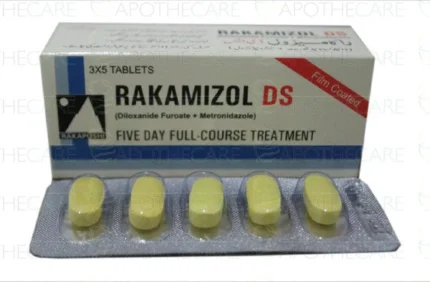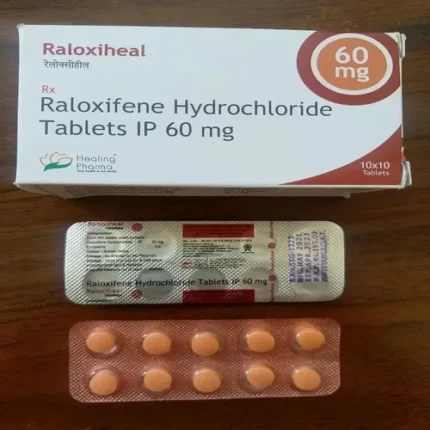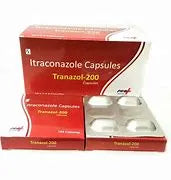Ranexa: Effective Treatment for Chronic Angina
Ranexa is a medication specifically designed to help manage chronic angina, a condition characterized by recurring chest pain. This medication is typically used in conjunction with other treatments like ACE inhibitors, angiotensin receptor blockers, calcium channel blockers, beta-blockers, nitrates, antiplatelets, or lipid-lowering medications to provide comprehensive relief.
Available in extended-release tablets, Ranexa is available in three dosages: 375 mg, 500 mg, and 750 mg. The recommended initial dose is 375 mg taken twice daily, which can be adjusted based on the patient’s response. If side effects such as dizziness, nausea, or vomiting occur, the dose can be reduced to 500 mg or 375 mg twice daily. If symptoms persist, treatment should be discontinued.
Ranexa works by inhibiting the late sodium current in cardiac cells, which reduces intracellular sodium accumulation and subsequently decreases intracellular calcium overload. This action helps alleviate symptoms of angina by reducing the heart’s workload during ischemia.
Common side effects include asthenia, fatigue, and peripheral edema. Uncommon side effects include increased blood creatinine, prolonged QT corrected interval, and increased platelet or white blood cell count. Rare side effects include acute renal failure and elevated levels of hepatic enzymes.
Ranexa is not recommended for patients with pre-existing QT prolongation or hepatic impairment. It is also important to note that while Ranexa is generally well-tolerated, it may interact with other medications, particularly those that inhibit CYP3A4 and P-glycoprotein.
If you are experiencing chronic angina and have not achieved adequate relief with other treatments, Ranexa may be a suitable option for you. Always consult with your healthcare provider before starting any new medication.







Reviews
There are no reviews yet.